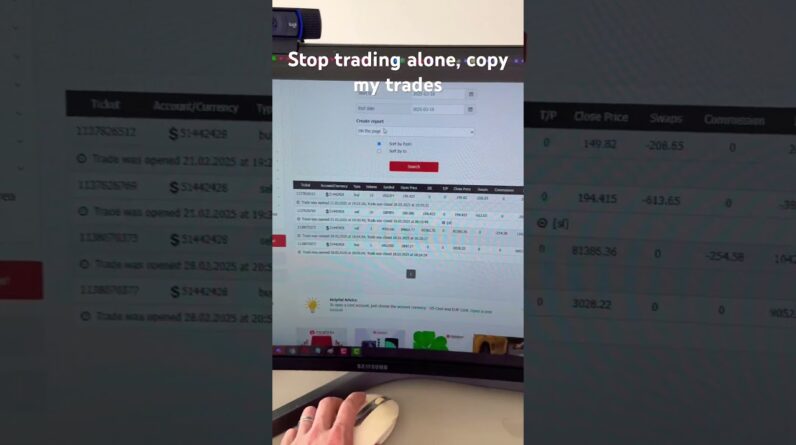- What are the charts telling us for the EURUSD, USDJPY and GBPUSD?
- NZD trades to a new low and below the 50% midpoint of the range since 2022
- Reuters poll: ECB to hold deposit rate at 3.75% on September 14 say 37 of 70 economists
- Shipments of smart phones within China down 24.1% year on year
- PBOC sets yuan midpoint at 7.1587/dollar.
- More Lowe: To get inflation to target in 2024 would require substantially higher rates…
- More from RBA’s Lowe: Rates are restrictive so we are in a calibration stage with policy
- RBA Lowe: Things are moving in the right direction. Too early to declare victory
- New Zealand food price index for July -0.5% versus 1.6% last month
- New Zealand manufacturing PMI for July 46.3 versus 47.5 last month
- Economists forecast a steady 5.50% OCR for the RBNZ’s upcoming meeting
- WSJ: Senator Joe Manchin weighs leaving the Democratic Party
- The EUR ends day as the strongest and the JPY is the weakest
- Feds Harker:The Fed is making progress on its inflation fight
- Forexlive Americas FX news wrap: CPI on the light side but dollar rallies anyway
- US major indices give up most of the day’s gains and closes near(er) lows
The end of the week saw little in the way of price action. With Japan on holiday, that certainly did not help the forex market either.
The first part of the trading day has the AUD as the strongest of the major currencies, and the NZD as the weakest (see video on the NZDUSD here).
Technically, the NZDUSD fell below the 50% midpoint of the move up from the 2022 low to the 2023 high at 0.6024 on its way to a new low going back to the end of June. The low reached 0.6005. Stay below 0.6024 keeps the sellers in firm control. Fundamentally, the PMI manufacturing data came in below the 50 levels for the 5th month in a row – and lower than last month at 46.3 (last month was at 47.5). The food price index dipped to -0.5%, but that only erased some of the 1.6% surge last month. Economists today did forecast that the OCR in NZDUSD would remain unchanged when they meet and announce their decision on August 16th.
In Australia, Reserve Bank of Australia Phillip Lowe, testified in the House of Representatives and said that things are moving in the right direction, but it is too early to declare victory.
Some highlights from his testimony included:
-
Inflation Concerns: While there are positive signs regarding inflation, it’s premature to claim success. The goal is to return inflation to the 2-3% target range. The current forecast predicts CPI inflation to be around 3.25% by the end of the next year and within the 2-3% target range by late 2025. However, there’s a possibility of further monetary policy tightening to achieve this target.
-
Interest Rates and Monetary Policy: The board has rapidly increased interest rates recently and is aware of the delayed effects of such policy decisions. The monetary policy is currently restrictive, aiming to balance supply and demand. There’s an ongoing effort to chart a credible path back to the inflation target in the coming years. The board desires to be confident in inflation’s return to the target during the current forecast period.
-
Economic Growth and Labor Market: The Australian economy is underperforming, a trend expected to persist for some time. However, economic growth is anticipated to rise to about 2.25% by the end of 2025. The labor market has seen some relaxation, with employment growth predicted to be slower than the labor force’s growth rate.
-
Housing Sector: The dwelling investment sector, which faced recent challenges, is projected to rebound next year.
-
Consumption Patterns: The economic landscape is complex, with potential scenarios where consumption could be weaker or stronger than the central forecast.
-
Service Price Inflation: There’s a risk that the inflation in the services price might remain elevated, extending the period where inflation exceeds the target.
-
Policy Calibration: The current stage is focused on calibrating policy, with the worst of inflation believed to be over. Achieving the inflation target by 2024 would necessitate significantly higher rates, which might not align with national interests. There’s a community sentiment that the peak for rates is imminent.
The RBA has kept rates at 4.10% for two straight meetings and it seems the RBA is willing to tolerate some above-target inflation for the time being to allow for the lag effect from policy. Nevertheless, The AUDUSD moves marginally higher on the day.
For a view of the technical driving the EURUSD, USDJPY and GBPUSD, click on the video below.
That will do it for me this week. Wishing you all a happy and healthy weekend and thank you for putting up with me in place of Eamonn this week.
This article was written by Greg Michalowski at www.forexlive.com.


